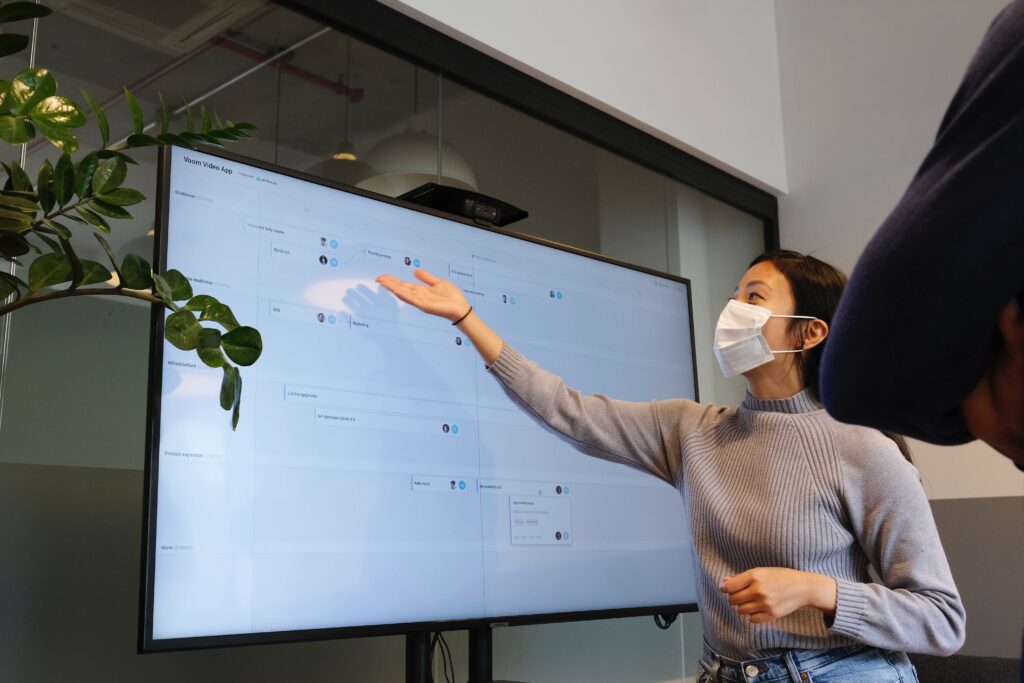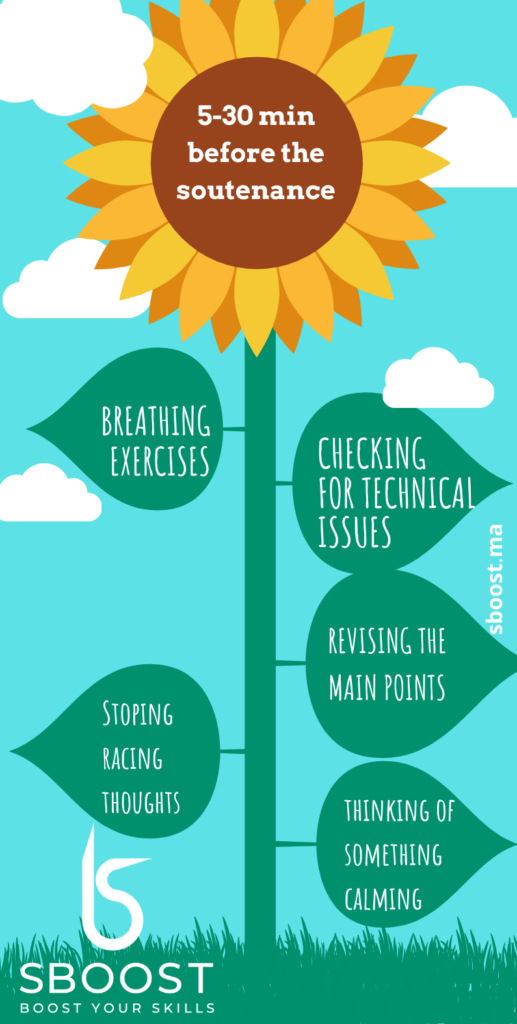Nonverbal Cues That Can Make or Break Your Defense (Soutenance)

The Secret to a great research defense is more than coming up with an excellent thesis or creating an engaging PowerPoint presentation. While these two components are essential, there’s one more secret that you should consider: your body language/nonverbal communication cues. In this article, we will help you identify your nonverbal communication weaknesses and share with you other nonverbal communication cues that will make you ace your soutenance.
Remarkable presentations require remarkable preparation. So, the first part of acing your defense is the pre-research defense or the pre-soutenance.

The second stage is ascertaining that there are no technical problems that might jeopardize your work. Before the “soutenance” make sure you check the quality of the sound, the internet, the projector (is it plugged? HDMI vs VGA?), and make sure you are in the right headspace.

During your research defense, the jury pays equal attention to your non-verbal communication and your research. Consequently, both “what you say” and “how you say it” matter. Here are some of the body language dos and dont’s that can surely improve your performance and, therefore, your grades.


Presentation rehearsal and mastering body language cues have a vital role in making one’s research paper stand out. These skills are almost as important as the research itself.
For further tips and pieces of advice, check out our discussion forums; a supporting community is waiting for your questions on the different topics we cover!






Responses